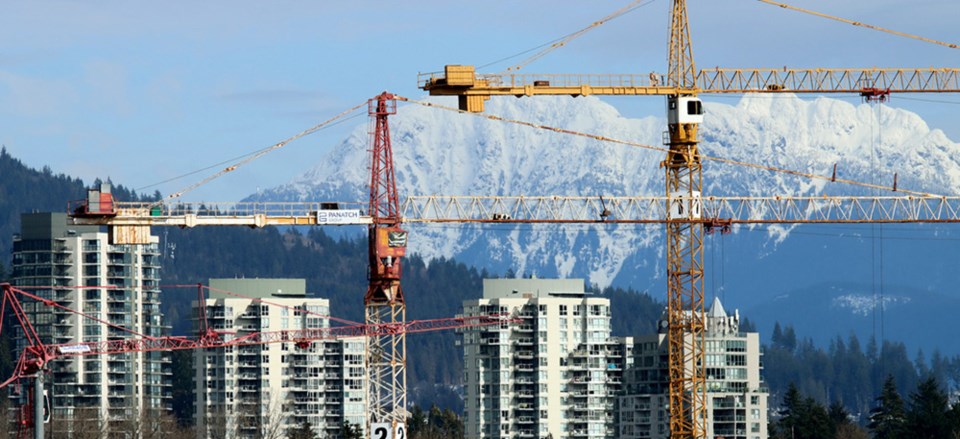Port Moody has plenty of housing getting built or in the process of being approved to meet projected regional growth targets.
But the city needs more diversity of housing options to keep it affordable for families, single people, low income earners, immigrants and people with disabilities, says a study by community planning and development consultant, CitySpaces Consulting.
According to the study, which is to be presented to council tonight (Sept. 21), the gap between what households can afford to pay for housing in Port Moody and the housing that is available is growing. Since 2013, the median sales prices of single-detached homes and townhouses have nearly doubled. Rents have also skyrocketed at a similar pace, and the vacancy rate for units with three or more bedrooms is currently 0 per cent. As a result, one in five residents are spending more than 30 per cent of their income on housing costs, a level that is considered a standard measure of affordability.
“Housing is becoming more expensive and fewer residents are able to enter the home ownership market,” said the report, adding Port Moody’s housing situation isn’t about a lack of dwellings to be built, or land where they can be located. Rather, there isn’t enough diversity of housing, including more affordable housing options, as well as accessible and family-friendly units.
Renters, who comprise one-quarter of city residents, are also struggling with higher costs and less availability, said the report. The median rent in Port Moody is now more than $1,000 per month while the vacancy rate for all units is between 0.5 per cent and 1.9 per cent — a healthy vacancy rate is between one and three per cent.
“Some households may be able to find a rental unit for less than $1,000 a month, but this typically comes with trade-offs such as being in poorer quality condition, further away from public transit and amenities and may not be suitable to meet their needs,” said the report.
But as Port Moody strains under the same market forces that afflict the entire Tri-Cities area, there are still ways to turn the tide.
“For Port Moody, the number of units being developed is keeping pace with demand,” said the report. “However, consideration to adjust the mix and secure rental housing and affordable units is a key area of opportunity.”
According to CitySpaces, zoning bylaws in Port Moody often don’t mesh with land designations, creating challenges to build viable developments without expensive lot consolidations, and some areas of the city are falling short of their potential to accommodate new, more diverse housing. Developers, the consultant said, require certainty and standardized policy in development expectations and incentives, as well as expedited processes to move approvals along.
And that could require more staff, said the report.
“It appears that the local government may need to scale-up staffing levels to match the scale of development to not only move projects through the process in a timely manner, but to also ensure that opportunities to capture units for affordability is not missed.”
The study was commissioned by Port Moody in 2020 to fulfill new regulations under the provincial Local Government Act for municipalities to complete housing needs reports by 2022, and then subsequent reports every five years after that. The consulting company used data from various sources including Statistics Canada, BC Assessment and BC Housing, as well as an online survey, virtual workshops, interviews and a workshop with city staff.



